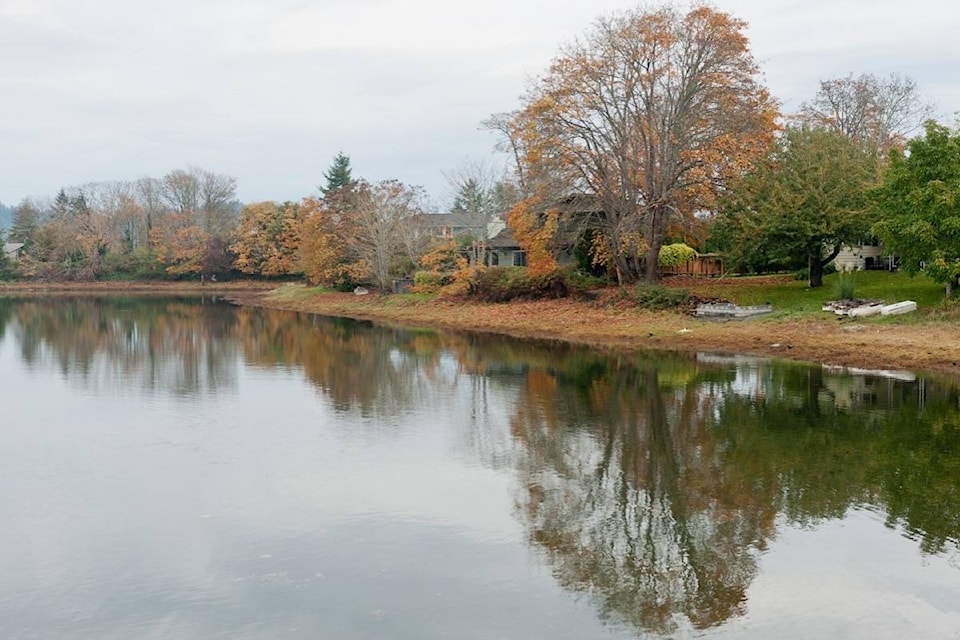The Regional District of Nanaimo has just completed a review of sites in Electoral Area H that may potentially have archeological heritage and historical value.
The Archeological Overview Assessment was done by local archeologists from Kleanza Consulting Ltd.
The report of their findings, including maps, is now filed at the BC Archeological Branch (BCAB). A pamphlet about the review has also been created for public distribution.
The project, which took four months to complete, was undertaken as part of an Official Community Plan Review for Electoral Area H.
Many areas have unidentified archeological sites that exist, particularly those areas that are undeveloped, or that were developed before the 1980s.
The assessment identified areas of archeological potential.
It was primarily a mapping exercise and desktop review of local and regional history, archeological databases, and ethnography.
Electoral Area H, which encompasses Deep Bay, Bowser and Qualicum Bay, is located within traditional First Nations territory belonging to the Central Coast Salish, the Kwakwaka’wakw, the Northern Coast Salish and the Nuu-chah-nulth nations. The area wants information about archeological potential included in the revised OCP.
“We undertook this project out of a desire to grow our community’s understanding and appreciation of archeological history and to contribute to its protection,” said Bill Veenhof, RDN Chair and Electoral Area ‘H’ Director.
RDN Senior Planner Courtnay Simpson said this is a pilot project for the RDN. The study identified high archeological potential along the coastline, oceans, streams and lakes.
Simpson explained that this makes it easier for the RDN to deal with future developments in the area. In past, the regional district has had difficulty deciding whether a developer needs to be referred to the BCAB.
“We are often the first contact for people looking to develop and now we have a clearer idea of the areas in which we could advise people to contact the archeological branch,” said Simson.
The final report of the assessment is not readily available to the public through the RDN because of culturally sensitive information, said Simpson. People can, however, access them through the BCAB, where all the information has been added to the provincial database of archeological sites and archeological potential models.
